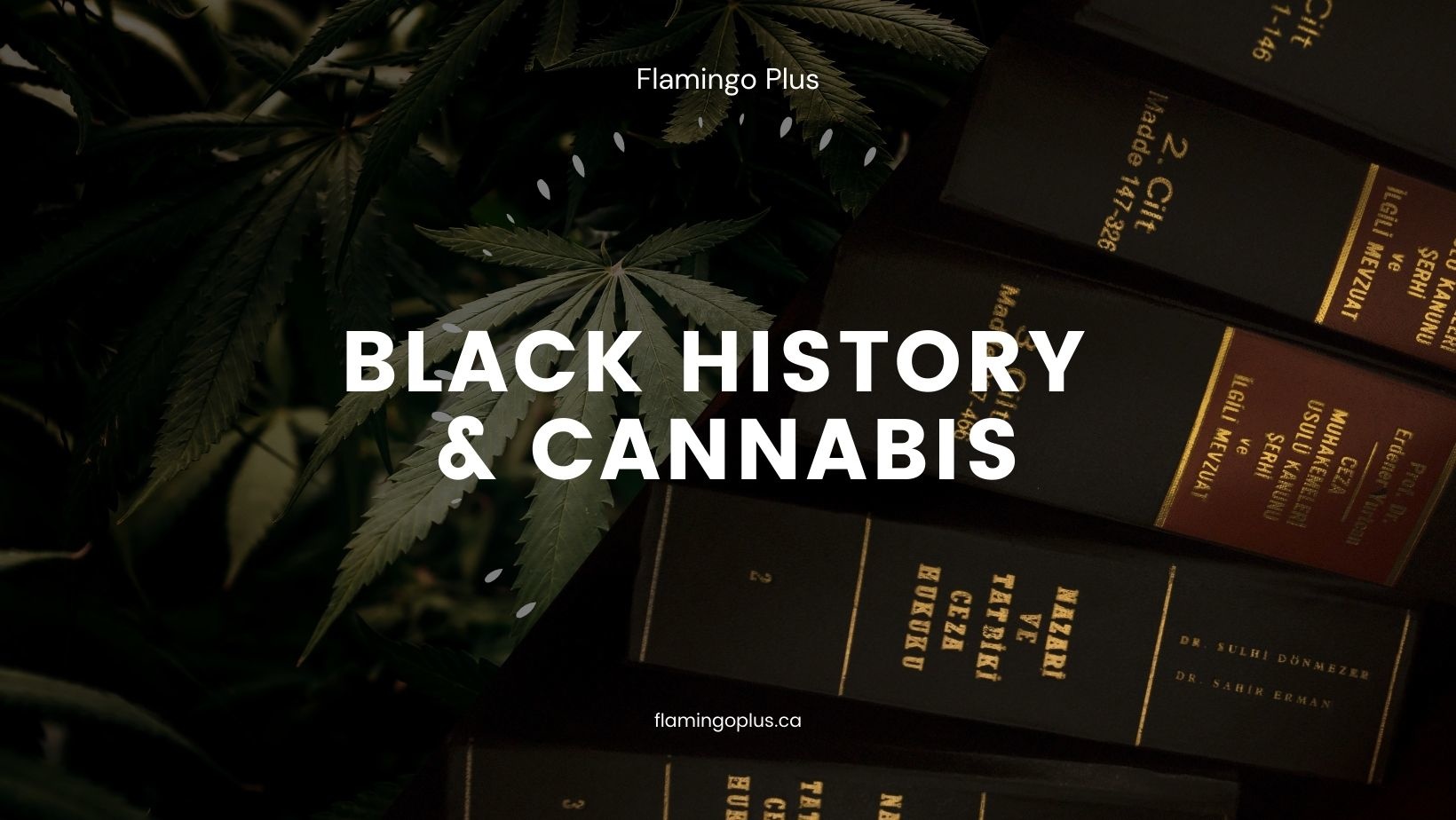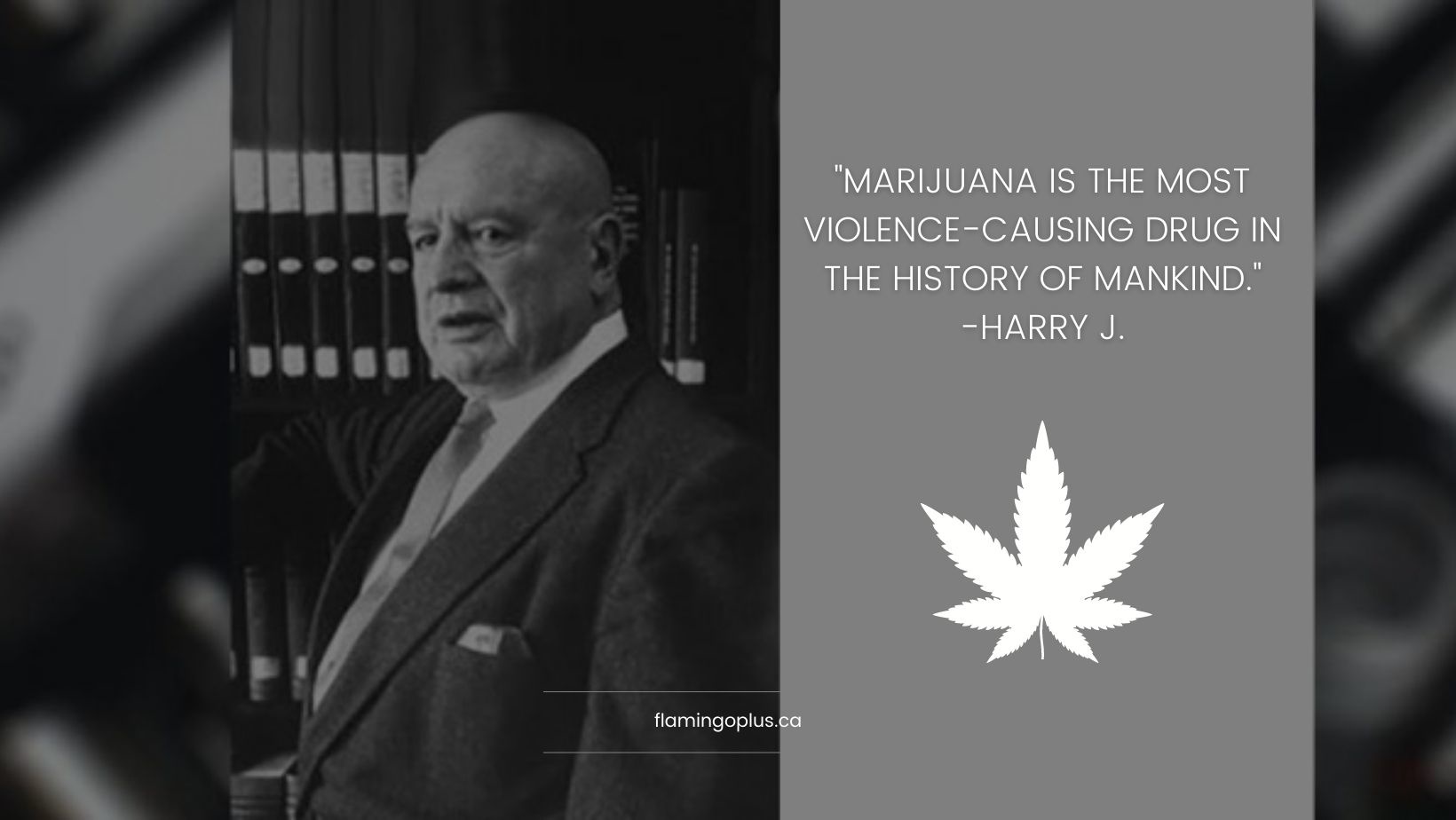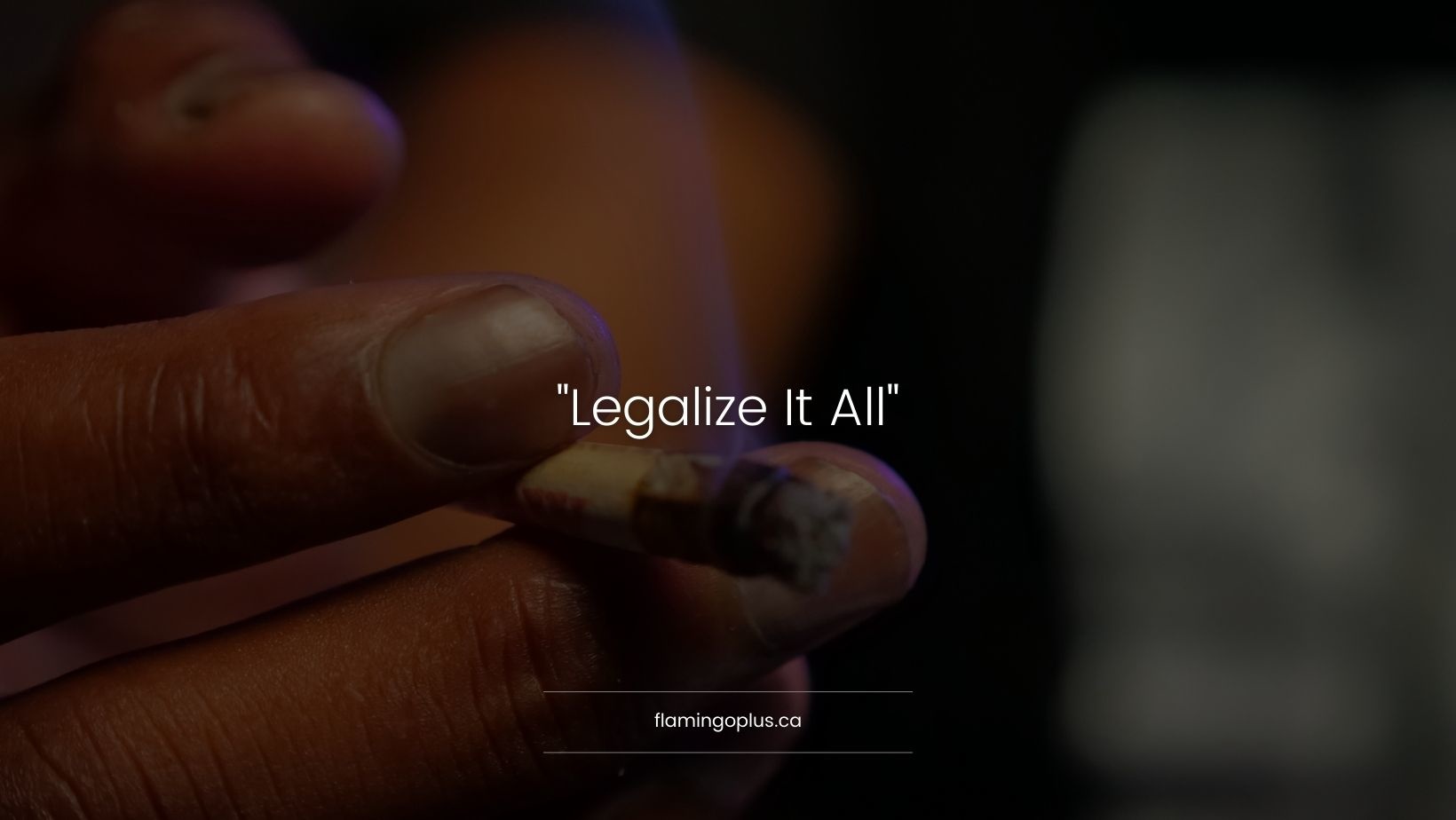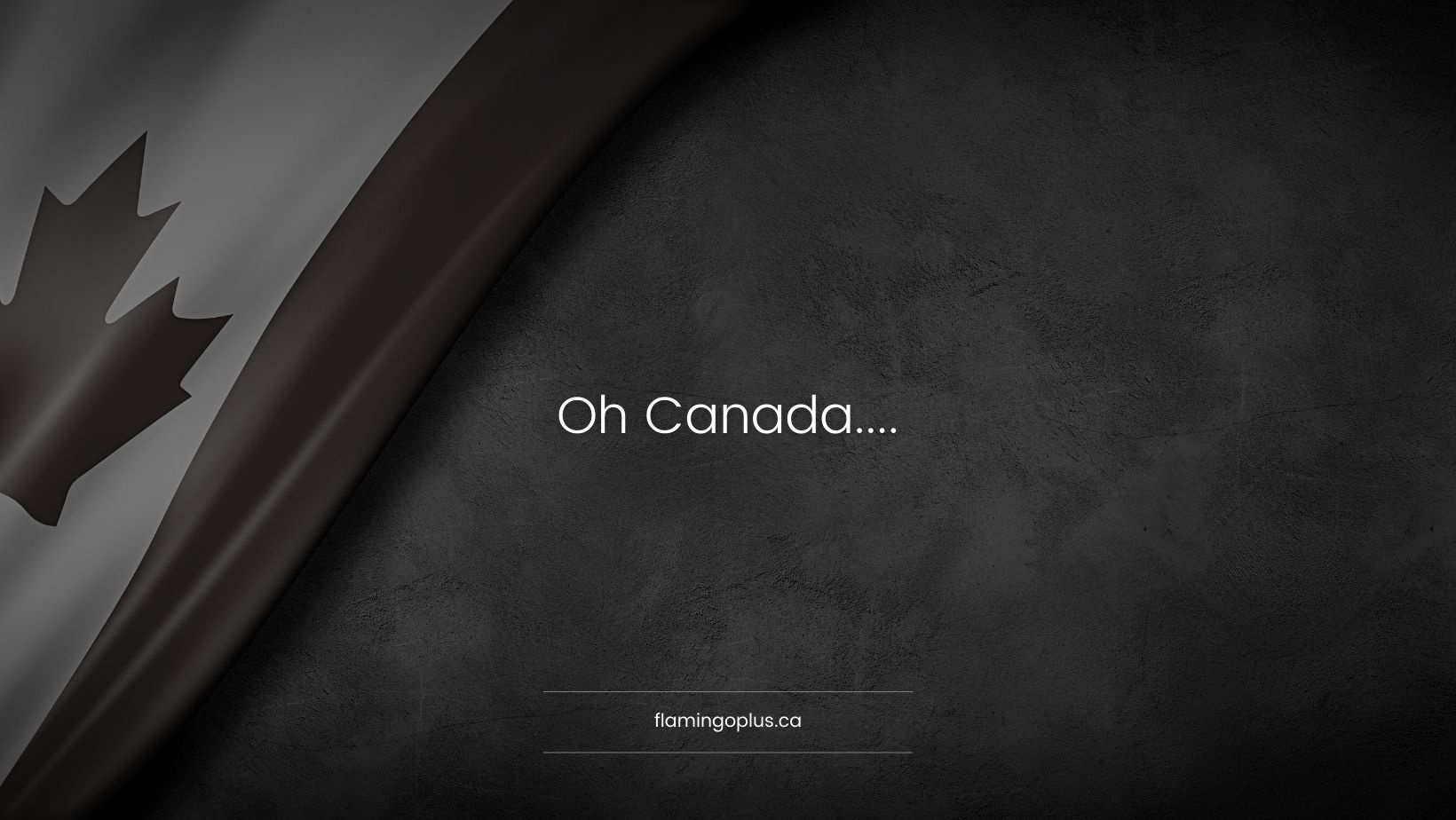Cannabis and Black History
- Posted on
- 5

Happy Black History Month! For this month’s first blog topic we are paying homage to the people that played a pivotal role in bringing cannabis to the forefront of North America.
Happy Black History Month! For this month’s first blog topic we are paying homage to the people that played a pivotal role in bringing cannabis to the forefront of North America.

Before cannabis was criminalized in North America, hemp was a very profitable and booming industry. And while the industry itself was thriving, it’s important to understand that it was built on the backs of forced slave labour. Slaves in Kentucky were forced to care for, harvest, and cultivate the plant for nearly a century until the Civil War came along and put a wrench in everyone’s plans.
Now we are going to skip ahead quite a bit, as cannabis was not considered “bad” until the 1930’s.
So now we are in 1930 and Harry Anslinger is the first Commissioner of the newly created Federal Bureau of Narcotics. Harry is not a fan of cannabis, so much so, that he starts to create fear-mongering campaigns to turn the nation against cannabis. He attributed the surge of unemployment and recent crime sprees to the Mexican immigrants and their excessive use of marijuana. Little did Harry know that it was really due to the collapse of the economy and that the 1930’s would eventually be known as the Great Depression or “Dirty Thirties.”

“There are 100,000 total marijuana smokers in the US, and most are Negroes, Hispanics, Filipinos, and entertainers. Their Satanic music, jazz, and swing result from marijuana usage. This marijuana causes white women to seek sexual relations with Negroes, entertainers, and others.” – Harry Anslinger
Anslinger held the position of Commissioner for many years, until 1962, and during that time did his absolute best to push his agenda on the American people. By 1971 the War on Drugs was officially launched and cannabis-related offences began to increase tenfold.

The Nixon campaign in 1968, and the Nixon White House after that, had two enemies: the antiwar left and black people. Do you understand what I’m saying? We knew we couldn’t make it illegal to be either against the war or black, but by getting the public to associate the hippies with marijuana and blacks with heroin, and then criminalizing both heavily, we could disrupt those communities. We could arrest their leaders, raid their homes, break up their meetings, and vilify them night after night on the evening news. Did we know we were lying about the drugs? Of course, we did.” – Nixon’s Chief Domestic Advisor, John Ehrlichman, Harper’s Magazine, 1994

It’s no surprise that people of colour are more likely to be arrested for cannabis-related crimes than white people. Studies have shown time and time again that cannabis consumers are not skewed more to black people, and that there is actually a very even distribution of consumers across different racial groups. Cannabis Amnesty reported the following is a description of racial disparities in cannabis possession arrests across Canadian cities for the year 2015.
-
In Vancouver Indigenous people were nearly seven times more likely than White people to be arrested for cannabis possession.
-
In Calgary Indigenous and Black - three times more likely to be arrested than White people.
-
In Regina Indigenous people- seven and Black people five times more than often than White people.
-
In Ottawa, Indigenous people- four and Black people five times more likely to be arrested than White, respectively.
-
In Halifax Black people were over four times more likely to be arrested for than White people.
Even though cannabis has been legalized, approximately 500,000 Canadians currently have a criminal record for cannabis possession and it affects their ability to sometimes volunteer, apply at secondary institutions, travelling out of the country, or even finding government employment. Canadians must pay a $631 fee to apply for their record to be suspended, and even then there isn’t a guarantee, making it extremely difficult for many with cannabis possessions to start fresh.
In an industry that has capitalized on black culture since it’s inception, did you know that only 16% of leadership or executive positions are held by non-white people? A study in 2020 showed that of 185 Licensed Producers surveyed in Canada, 84% of executive positions were held by white people, and of that percentage, 73% were white men.








Comments
Be the first to comment...